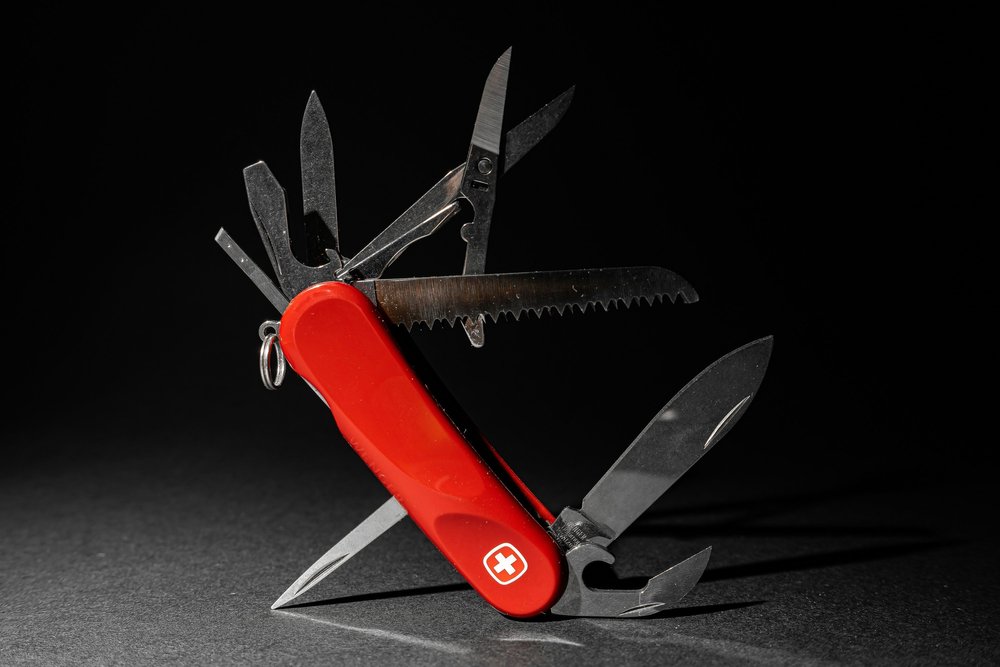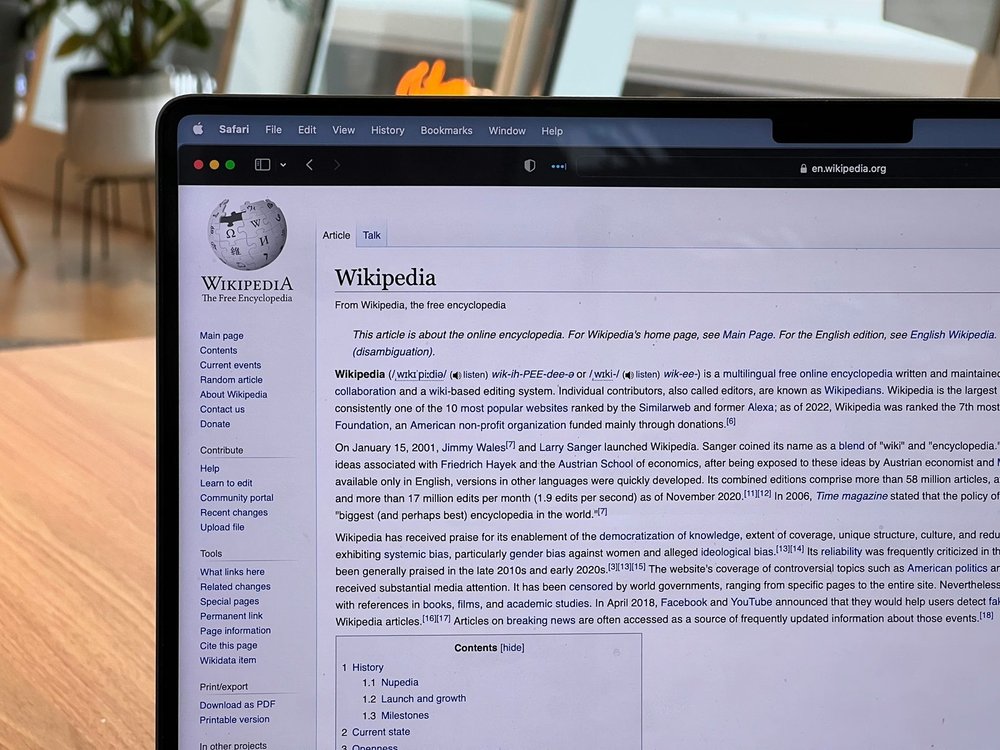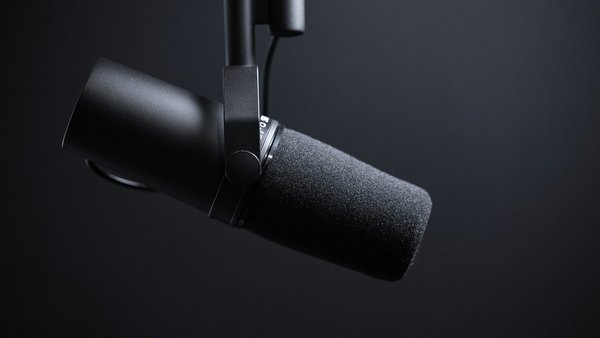Juie Shah’s Strategy Diet /
DDB Chicago group strategy director Juie Shah shares her tips and techniques for better strategy, including solitude and being a ‘Swiss Army Knife’.
James Swift
/
Have you ever wanted to know what the ad industry’s sharpest strategists like to feed their brains or what resources they swear by when tackling a brief?
We have. So we’re asking.
Juie Shah is a group strategy director at DDB Chicago. In her eight years at the agency she has worked on brands including State Farm, AT&T, Alfa Romeo and Miller Lite. At present, Shah leads on the US Army account at DDB Chicago, helping to reintroduce the near 250-year-old brand to the youngest generation of Americans. Originally from Mumbai, Shah is passionate about design and equity, and the intersection of the two disciplines.
What media do you consume that makes you better at your job or helps you think about strategy generally?
The Atlantic, New York Times and New York Magazine are some of my baseline reads to get me up to speed on culture at large. I also think Substack is a gift to the world, but especially to strategists.
For divergent thinking, my favorite boutique publication is The Marginalian — it exists at the intersection of art, science, philosophy and literature and its articles are often the source of my insights. It has an amazing Sunday Newsletter too that I devour!
To explore different ideas and content, I use this platform called are.na — it’s basically like a Pinterest for content and leads you to unexpected places.
To ensure equal amounts of inspiration and envy I keep tabs on Contagious, Adweek, The Drum and Ad Age.

Are there any resources that you typically turn to first when working on a brief?
I typically try to find some kind of an intersection between academia, opinion and art. Academia helps in providing a firm foundation, opinion (op-eds, social media, video content) contextualises academic rigor into approachable information, and art provides executional inspiration.
From an academia standpoint, I love using behavioral biases/heuristics or published research, then I go down Youtube and Reddit wormholes to find real world examples and, finally, look to pop culture, music, and tech to find executional thought starters. Lately I have also been using a ton of AI tools for an open exploration at the start of a brief. DDB has developed some great AI tools for strategists that have lately become my sandbox for writing and idea generation.
Who is someone that you follow/read/watch for their opinions and ideas?
Podcasts are my workout companion. I love listening to Oprah’s Super Soul, NPR’s Hidden Brain by Shankar Vedantam, Huberman Lab, ReThinking by Adam Grant and Corner Office Breakdowns by Ambika Gautam Pai.
I’d blindly read anything that Yuval Noah Harari writes, and I look forward to a treasure trove of email newsletters, some of my favorites being Culture Study by Anne Helen Petersen, Common Discourse by Alex Tan and The Future Does Not Fit in the Containers Of The Past by Rishad Tobaccowala.
Is there anyone or any resource that you think strategists rely on too much that is counterproductive or unhelpful?
I believe excessive reliance on any single resource can be counterproductive. As a strategist, I often need to push through confirmation bias and diversify the lenses through which I am viewing the problem. Relying solely on proof that aligns with your initial insight can lead to a limited exploration of ideas. Actively seeking opposing viewpoints is essential for strengthening your overall understanding of the problem.
What do you think is the most underused resource for better strategy?
Solitude: I really believe that dedicating time for solitude before and after putting pen to paper is so important. Stepping away almost always leads to a better output. The closer you are to a product, the harder it is to see its shortcomings.
Visual storytelling: The problems we deal with are often hairy and complex, and complete comprehension of the problem is table stakes for an effective output. Words often complicate what visuals simplify. Using lines, shapes, and colors to bring problems and solutions to life is the best hack in the business.
Long Form writing before slide-ifying: When you think you’ve landed at a great insight, it often feels like you’ve solved the problem. But it’s the connective thread that’s so much more important than the insight. The more you write, the clearer it gets and the easier it is to find the connective thread. I am a huge proponent of first writing out the entire narrative in long form before moving to slides.

Photo by Carolina Garcia Tavizon on Unsplash
Is there anywhere you go when you’re struggling with a brief or a place that seems to help you work or think?
Diverge: I am a huge fan of divergent thinking. Painting, cooking, origami, writing music — they’re all such great avenues to subconsciously solve problems.
Move: Movement (paired with a podcast) is magic for my brain. I come out of a workout feeling ten times smarter and more capable.
Collaborate: The good old brainstorm/think tank with your favorite co-workers is both fun and incredibly effective. Play dissolves blocks almost immediately.
Office etiquette: music or no music?
Depends. If I am writing, then I need a silence zone. Once the narrative is written then it’s time for play. I love listening to music while I’m designing decks and building frameworks.
What’s the best free resource for a strategist?
Talking to people — your partner, your cousins and friends, your neighborhood grocery store cashier, people you bump into at supermarket aisles — the best free resources. What you hear is almost always more insightful than what you read.

Photo by Oberon Copeland @veryinformed.com on Unsplash
What sort of media/resources would you recommend to someone just starting their career as a strategist?
At the beginning of your career, your success depends on your ability to be a Swiss Army knife that’s able to cut through business strategy, brand strategy and creative strategy. I recommend deliberately building a skill set for research, expression, and inspiration.
Research - I’ve realised that most young strategists are voracious consumers of culture so rounding it out with business and academic research is a great idea. I also love perplexity.ai as a research tool.
Expression – I love On Writing by Stephen King. AI can also be your collaboration partner to explore different tones and styles of writing. Masterclass and LinkedIn Learning also have some amazing creative writing classes.
Inspiration — Inspiring fellow teams takes an idea from 0 to 1. Platforms like Pinterest and Behance offer free inspiration for slide design, while tools like Information is Beautiful and Flourish aid in visual and data storytelling. Finally, the ability to command a room is vital — consider engaging in improv classes and platforms like The Moth and Pechakucha for an easy community-led storytelling environment.

What’s something that happened in pop culture that showed a better understanding of people than advertising?
The triage of Taylor Swift, Barbie and Beyonce’s success was very telling.
1. Barbie, Taylor & Beyonce catalyzed massive communities. People want community and community drives $$$.
2. Despite world leaders begging Taylor to perform in their communities (i.e The Swift economy!), and despite (according to some estimates) women commanding 80% of consumer spending in the US and $20 trillion in global spending, there remains a disconcerting gap in funding for women's needs and health. This highlights a stark disparity between the influence women have in driving economic activity and the insufficient support allocated to address their essential requirements.
Want more of the same? /
We don’t just write about best-in-class campaigns, interviews and trends. Our Members also receive access to briefings, online training, webinars, live events and much more.







